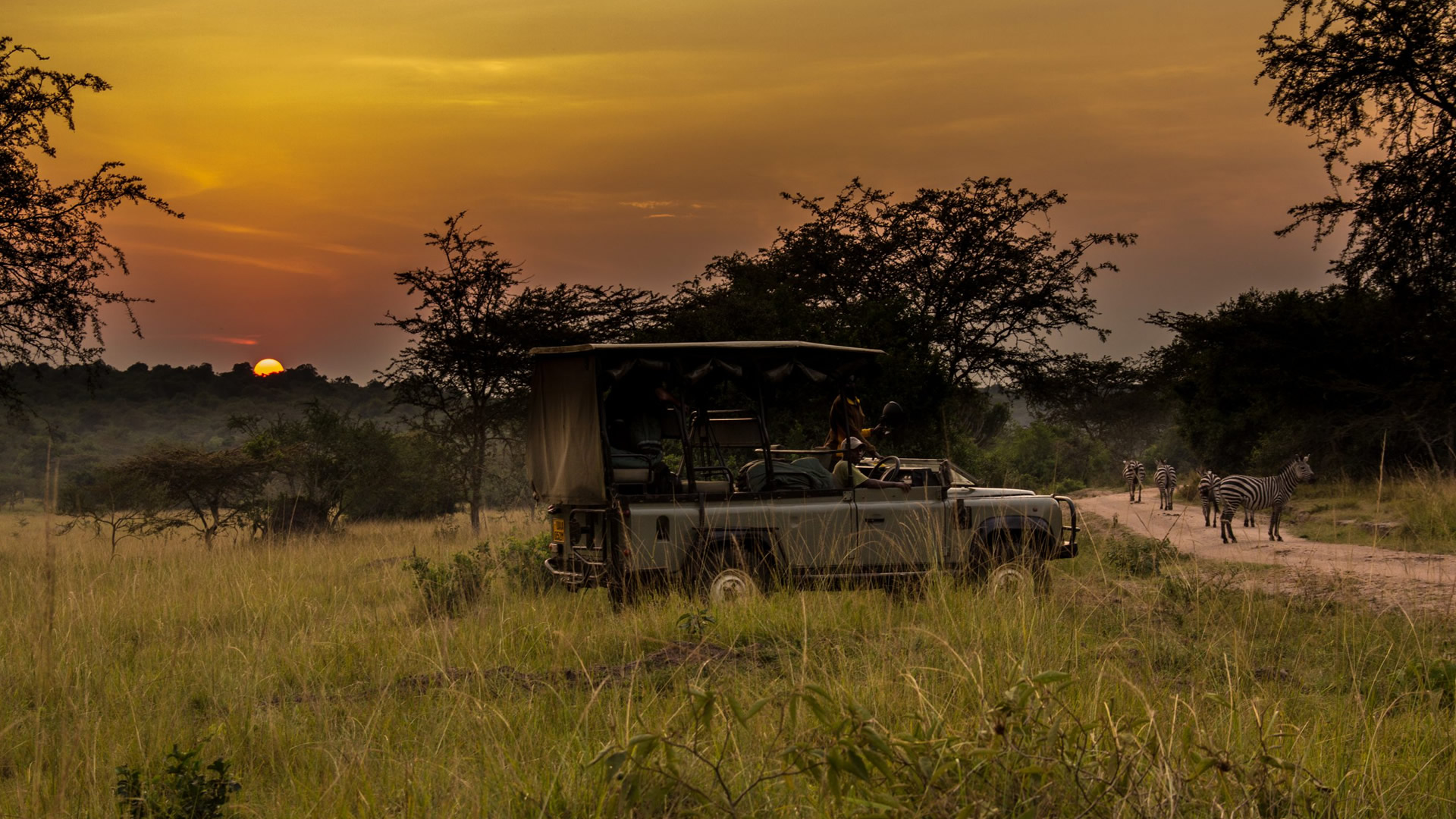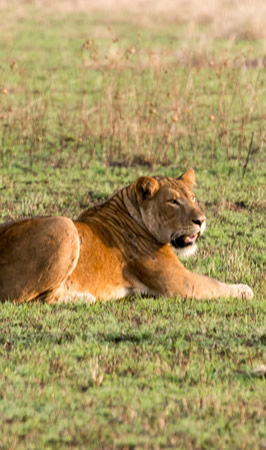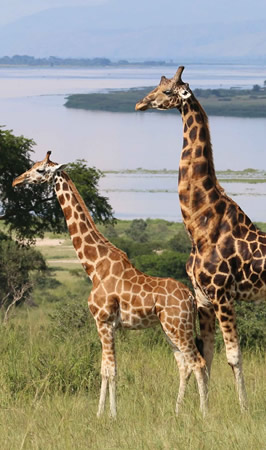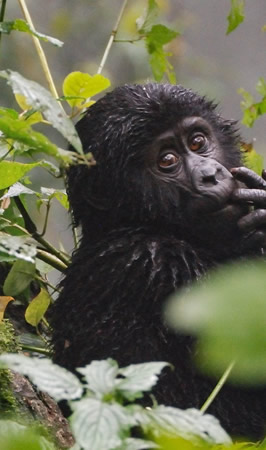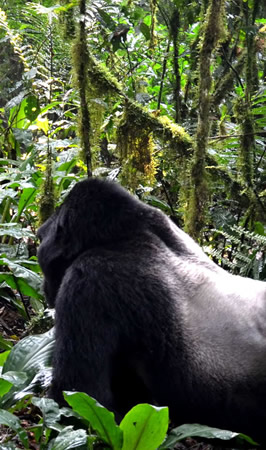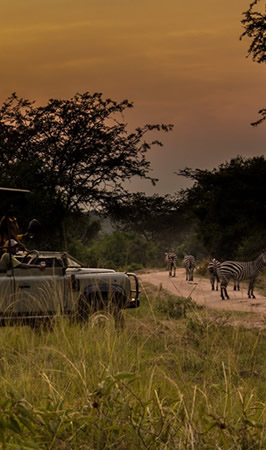Discover Lake Mburo National Park
Wildlife at the Lake Mburo National Park
Although elephant and lion have not been observed within the park recently, there is still a healthy population of game including numerous topi, bushbuck, oribi, duiker, Defassa waterbuck, buffalo, warthog and hippos in the lakes. Lake Mburo is also home to the only population of impala in Uganda and apart from the remote northern parks, is the only place to see Burchell's zebra and eland in Uganda.
Birdlife
Over 300 species of birds have been recorded within Lake Mburo and it is probably the best place in Uganda for acacia-associated birds. The permanent and seasonal wetland areas that connect the lakes are home to a number of papyrus endemic birds species including the papyrus gonolek, the blue-headed coucal and the white-winged and papyrus yellow warblers.
The lake itself is the largest of five lakes within the park and all are fringed by thick riparian forest and patches of papyrus swamp. Surrounding the lakes are rolling hills and moving away from the lake shores, the forest gives way to a mosaic of open savannah and acacia woodland that once stretched southwards to the Tanzania border and beyond.
Lake Mburo National Park Ecosystem
Together with 13 other lakes in the area, Lake Mburo forms part of a 50-kilometre wetland system linked by a swamp that's fed by the Ruizi River on the western side. Five of the lakes lie within the park’s borders. Almost a fifth of the park's area consists of wetlands – both seasonally flooded and permanent swamps. The various types of swamps are home to a wide variety of wetland birds and the shy, rare sitatunga antelope. Once covered by open savannah, Lake Mburo National Park now has extensive woodland because there are no elephants to tame the vegetation.
In the western part of the park the savannah is interspersed with rocky ridges and forested gorges while patches of papyrus swamp and narrow bands of lush riparian woodland line the lakes. Lake Mburo’s surface and the vegetation on its banks are always changing, and it's lovely to take a boat out and experience the scenic changes.
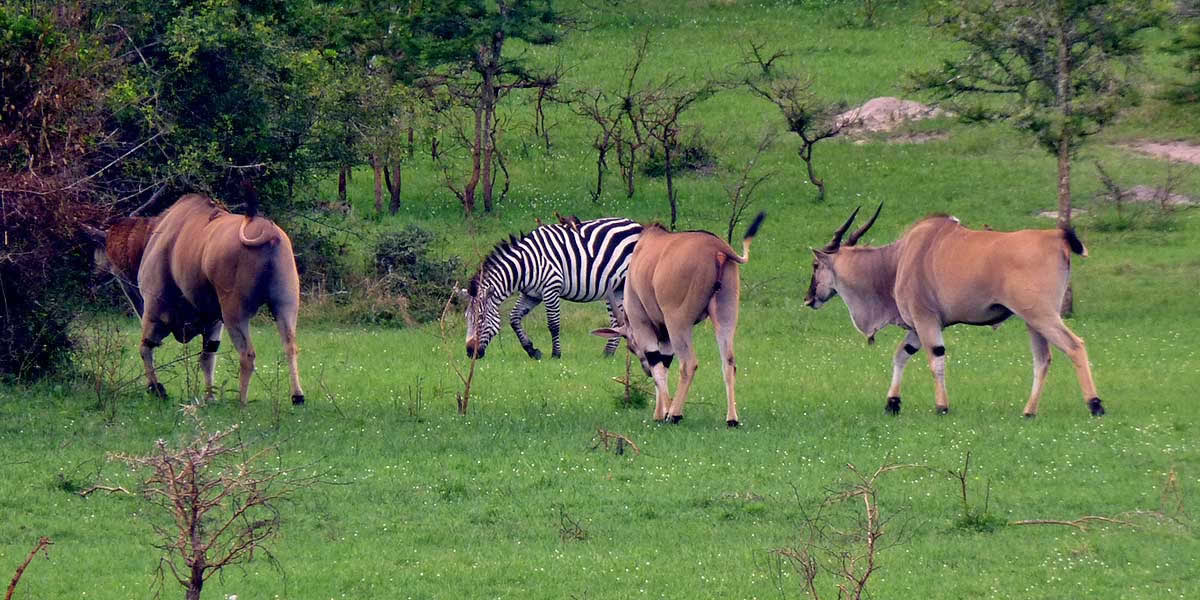 Wildlife at the Lake Mburo National Park
Wildlife at the Lake Mburo National Park 
